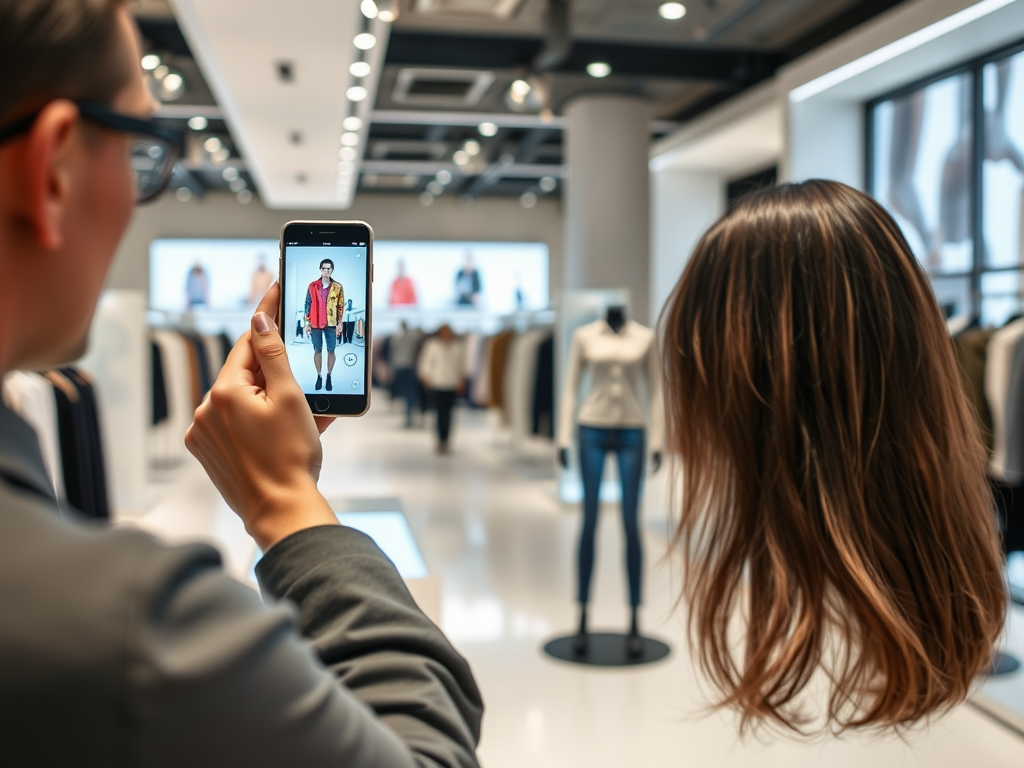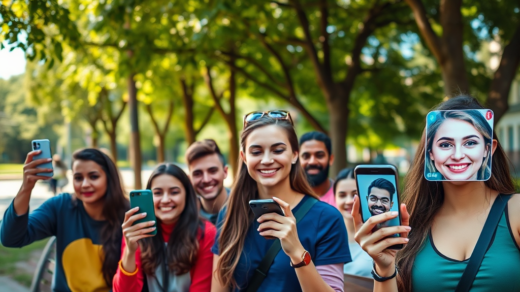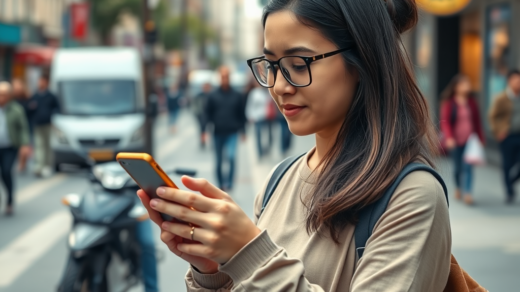The Future of AI in Digital Clothing and Realistic Image Transformation
A significant development that stands out among the latest occurrences is the merging of fashion and Artificial Intelligence (AI ) with respect to virtual clothing and pictures. AI’s transformations also offer new solutions for consumer participation besides artistry and creativity. The way people view AI nowadays is changing, and the changes are brought about by AI itself.
Picture the possibility of stepping into an outfit without actually being at the store or owning the clothes. Virtual garment try-on features AI is working towards—including tools like the Nude AI app—provide those possibilities while appealing to the consumer’s interests as well as helping in mitigating waste. Additionally, the freedom to change instances of digital dresses allows the creator’s imagination to sail beyond the shackles of the fabric costs and the limits of manufacturing. The single greatest and most revolutionary transformation in the fashion world is and will continue to be labeled as the AI revolution. The pace at which clothing are designed, sold, and offered to consumers is, and will continue to transform, astonishingly swift.
The Evolution of Digital Clothing

Digitized fashion has slowly evolved to where it stands today. Initially, pixels were artistically illustrated to make them look like clothes and was treated as a gimmick. With the rise in multifaceted AI technology, the scope of fashion grew rapidly. There has been an incredible amount of reformation in the design process blended by creative algorithms and data analytics, resulting in massive technological and structural innovation.
At the moment, there is an incredible shift brought by AI as a resource for professionals working in design. In the past, styles from former designs were rather difficult to customize, automate, or predict. Great amount of time during the day and money was consumed towards designing, now designs not only can be drafted, but altered in ways that are unimaginable. Modifying existing designs and patterns with regards to trends and consumer behavior is extremely simple now.
Ai and tech implementation in design invariably includes:
Trend analysis tools
- Pattern recognition algorithms
- Generative design systems
Realistic Image Transformation Techniques

Along with focusing on lifting the consumer experience, the modernization of technology through machine learning algorithms power the irrational fusion of images and captured reality’s motion and fabrics. While life-like transforming is an art sculpture on its own, transforming garments is an even more complex form of artistic impression. Customers are provided with advanced buying experiences and are able to enjoy their preferred garments in the world in the most realistic form possible, all thanks to realistic image transformation.
| Transformation Technique | Description | Benefits |
|---|---|---|
| GANs (Generative Adversarial Networks) | AI models that generate new images from existing ones. | Incredible realism and detail in clothing appearance. |
| Style Transfer | Applying the style of one image to another. | Personalization of digital clothing options. |
| 3D Rendering | Creating three-dimensional representations of garments. | Enhanced interactivity and consumer engagement. |
Applications of AI in Virtual Fashion
The significance of artificial intelligence in virtual fashion technology stems from its application in creating experiences for consumers. Brands are creating new worlds with augmented reality (AR) and virtual reality (VR) technologies where clients can interact with digital clothing like never before. These applications not only enhance the shopping experience, but also increase emotional attachment to the brands.
- Virtual try-on solutions that allow users to see themselves in digital outfits.
- Interactive fashion shows showcasing digital creations in virtual environments.
- Crowdsourced design processes where consumers can participate in clothing creation.
With AI, customer interaction with clothing has been transformed which increases customer satisfaction and loyalty using these applications.
The Benefits of Digital Fashion for Sustainability
Artificial Intelligence has certainly found a way to change modern fashion and give everything a brand new lough while embedding a new touch of sustainability into clothes AI trained garments is a prime example. Overproduction and waste problem is at the core of sustainability problems and in the fashion industry there is unethical cloth production and destruction happening on behalf of some brands. Excessive digitally superimposed clothing does not affect the environment the way physical garments does. AI analytics enables fashion brands to craft their supply in accordance to demand therefore minimizing waste.
Now, some brands are taking a step towards eco-friendly practices with aid from technology, certain brands having digital collections lets fashion buyers interact with them in more ecofriendly ways. Digital garments can now be bought and interacted with without any waste being produced. This combination and fusion of creativity and technology has shown us positive results within the industry, the claim definitely stands.
Challenges and Ethical Considerations
Similar to other sectors, AI technology brings further advantages and challenges to the field. Issues of concern include the boundaries of ethics like copyright, privacy, and the use of deep fake technology within the clothing industry. Algorithms do have creativity, but the more designs depend on these algorithms to create or modify them, the less innovation there is.
NP This is not a case for debate in an AI-augmented world, and the fashion industry employment trends are undoubtedly changing. Concerns exist about job losses due to automation, but the attention is swinging toward increasing the fashion technology design automation. Content creation with the use of AI, supervision by AI, and experience design are some of the new emerging backbone fields.
- Emerging roles in AI technology management.
- Opportunities in digital marketing and content creation.
- New positions focused on sustainability and ethical fashion.
Conclusion
With AI’s advancements in digital fashion and hyper-realistic image conversion, it looks like a revolution in fashion is imminent. We can now reconsider the processes of making, promoting and using garments. From Sustainable approaches to sophisticated shopping methods, the possibilities are endless. Making all these transitions will be greatly beneficial for both parties in order to achieve the goal of innovation and sustainability. AI integrated with fashion and beauty technology can possibly set the boundaries for the forthcoming era.
Frequently Asked Questions
- What is digital clothing?
Digital clothing refers to clothing items that exist in a digital format, allowing them to be worn virtually in various digital environments or used for social media. - How does AI contribute to clothing design?
AI assists in analyzing trends, generating design suggestions, and even creating unique patterns, which speeds up the design process. - Can digital clothing be environmentally friendly?
Yes, digital clothing significantly reduces waste associated with traditional fashion production, contributing to more sustainable practices. - What technologies are involved in realistic image transformation?
Technologies like machine learning, neural networks, and computer vision are crucial in achieving realistic image transformations in digital clothing. - Is AI taking away jobs in the fashion industry?
While AI may automate some tasks, it also creates new opportunities and roles that focus on integrating technology with fashion design.


